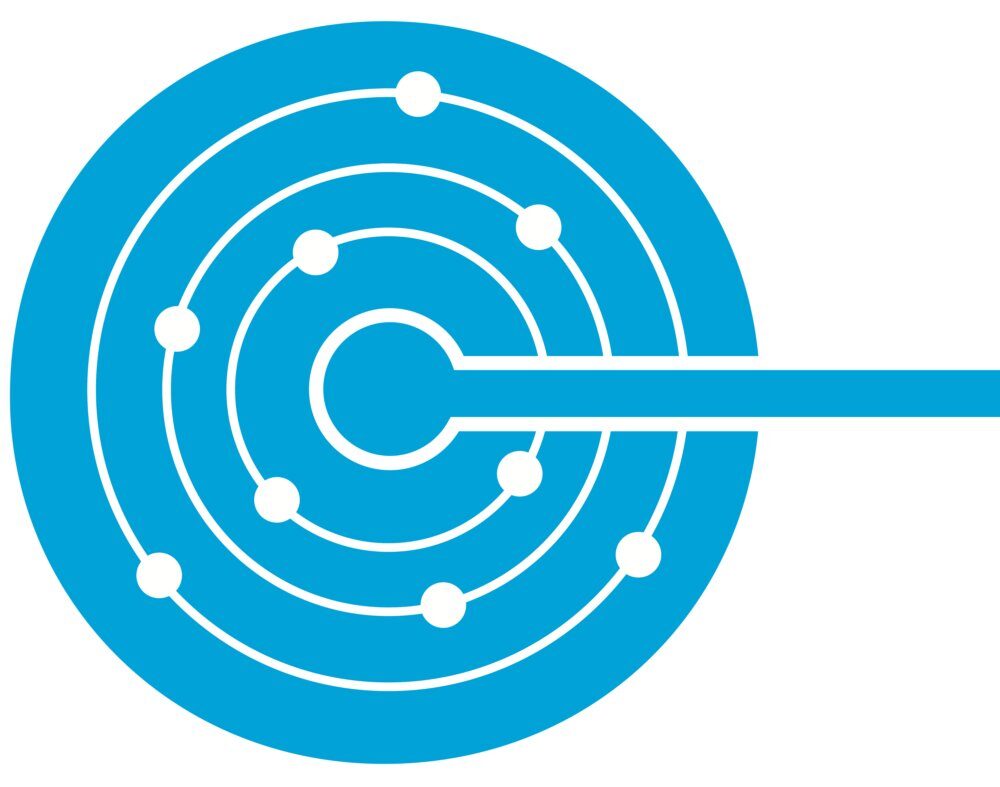Basic Definition:
“The process of segmentation can be informally described as the task of partitioning an volumetric data set [like an image stack generated from CT scans] into separate regions of interest, e.g. representing different materials or tissue.” (VG Studio Manual).
There exist a wide variety of image segmentation techniques, ranging from manual region selection to thresholding to edge detection to cluster analysis. Thresholding based on gray scale values can be very effective when regions have relatively uniform values and high contrast (e.g. separating vertebrate skeletons from soft tissue or background). Since manual segmentation can be labor-intensive and tedious, deep-learning assisted segmentation algorithms have skyrocketed in popularity in recent years.
Segmented regions are the basis for several types of further analysis. They can be used to create 3D models or to describe quantitative features of the dataset (volumes, shape analysis, intensity differences, etc).
More Information:
https://www.mathworks.com/discovery/image-segmentation.html
https://slicer.readthedocs.io/en/latest/user_guide/image_segmentation.html
